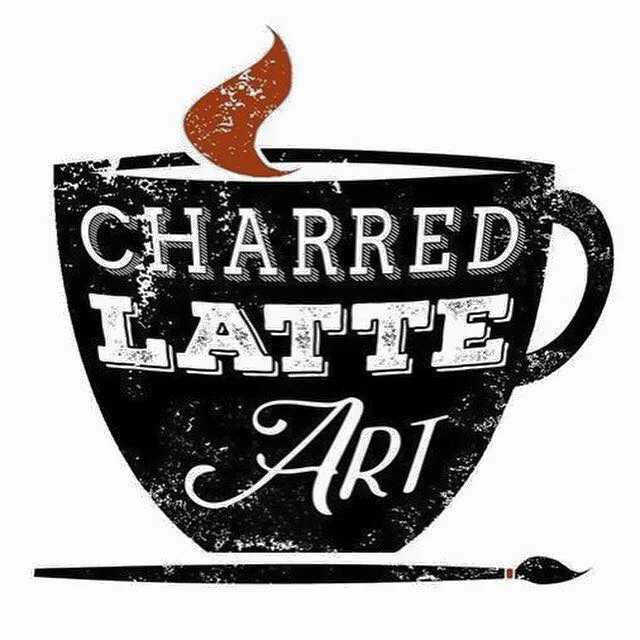Humans communicate through stories. This is a fact that has become obvious to me lately (and to many specialists who actually research these things.) We began telling stories around the fire thousands of years ago, and our story telling has evolved into books and movies and gifs. But is this evolution of stories adding new depth to our cultural understanding, or are we destroying the tales that connect us?
Dry facts don’t captivate an audience. That was the first lesson I learned in speech and debate, and I learned it the hard way. My speech started out with a haphazard spew of statistics. I packed my speech full of facts and studies and citations. No one could contest my facts! And no one ever did. Mostly because everyone fell asleep.
I took this lesson to heart, and began experimenting with storytelling. What I learned is that a good speech is both full of stories, and formatted like a story. A funny personal story to start off the speech, stories relating to the topic in each paragraph, a sad sob story at 8 minutes and the funny story again to rap it all up. These stories are woven throughout the speech, which has the traditional plot structure of a book. Rising action, getting more and more serious with every paragraph. A serious and emotional climax with a funny and passionate resolution.
People may care that ¼ of women in college are raped or that climate change is causing rising sea levels, but they can’t relate to the facts. We need stories of people just like us struggling with something in order to humanize an issue.
When listening to a story, we follow along with the character’s journey. We feel their emotions and experience their life. In order for us to experience a story, we must empathize with the characters. This empathy can bridge gaps and create understanding.
Stories teach lessons and connect people, as they have for thousands of years. They began as legends told around the campfire, a way to pass along knowledge during long nights. As writing developed, stories developed with them. We began writing down our legends and stories, making them far for accessible and accurate. Stories became actual records of events and people. With the invention of the printing press, they became widely circulated. Stories brought people together in a way they never had before. Books like Uncle Tom’s Cabin caused social change through the stories they told.
Recently, stories have come to the screen. Instead of reading or listening, we watch stories unfold. When you read, you imagine the characters and make the story your own. You add your own interpretations, which increases your connection with the characters and provides the empathy. But with movies and TV shows, we are just passive watchers. We don’t empathize with characters as much because we did not bring them to life ourselves.
Full-length movies may not instigate as much connection, but they still can tell heartfelt stories that inspire people. As the national attention span has decreased, however, so has our tolerance for full stories. We watch TV shows instead of movies. If YouTube videos are over 8 minutes they are rarely watched the whole way through. Instead of clips, we now have gifs. Just a few frames and a line or two of text have replaced thousands of years of story telling around the fire.
We have gone from novels to Reader’s Digest to Sparknotes to 2-minute video summaries. There is no way to gain the same level of empathy or knowledge from a summary as you gain from a book. However, we can read a larger number of summaries than books.
Our society may have truncated our stories, but perhaps we are boiling them down to their cleanest, shortest forms. What is a story, anyways? There’s the beginning, the middle and the end. Perhaps the shortest stories are simply jokes, and our society has chosen to relate our knowledge through humor rather than epics.
